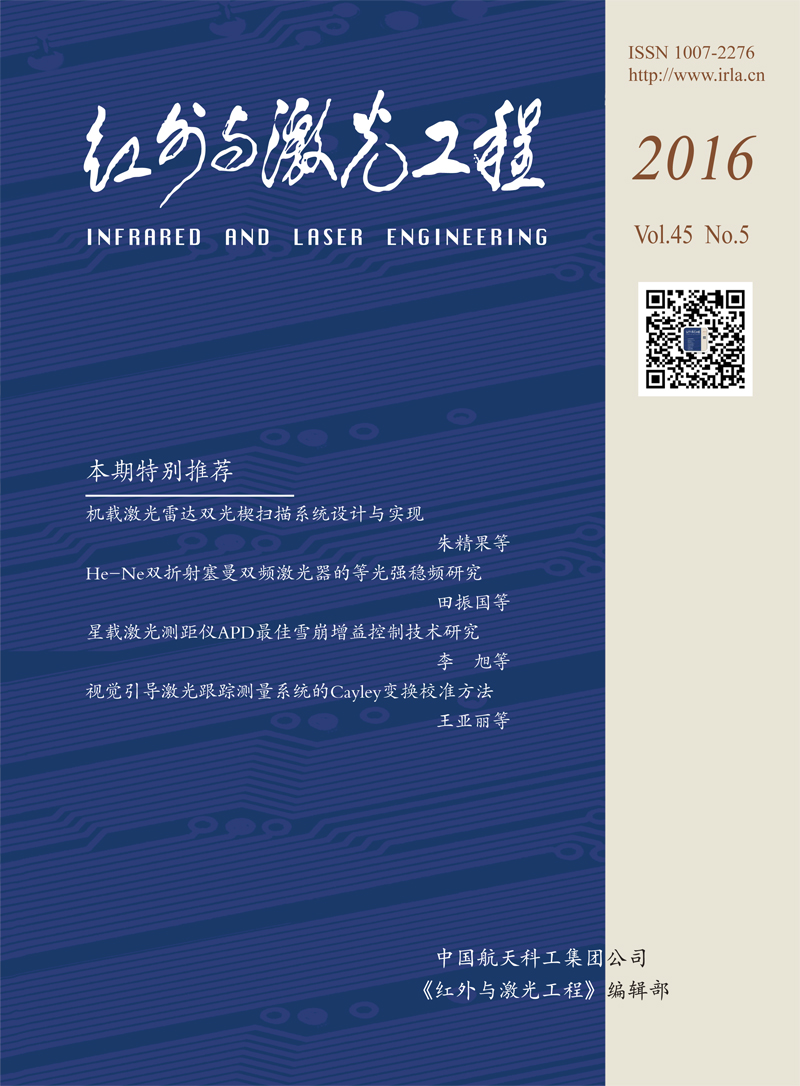|
[1]
|
Wu Xingxing, Liu Jinguo, Zhou Huaide, et al. Automatic on-orbit adjusting gains of space camera based on lighting conditions[J]. Acta Optica Sinica, 2014, 34(3): 0328001-1-7. (in Chinese) |
|
[2]
|
Guo Hui, Xiang Shiming, Zhang Feng. A review of the development of low-light night vision technology[J]. Infrared Technology, 2013, 35(2): 63-68. (in Chinese) |
|
[3]
|
Yang Shaokui, Liu Wen. Color fusion method for low-level light and infrared images[J]. Infrared and Laser Engineering, 2014, 43(5): 1654-1659. (in Chinese) |
|
[4]
|
Deng Chan, Liu Wen, Huang Biao. Color fusion system of low-light level and infrared images based on multi-core DSP[J]. Infrared and Laser Engineering, 2014, 43(9): 3141-3145. (in Chinese) |
|
[5]
|
Husi Letu, Masanao Hara, Gegen Tana. A saturated light correction method for DMSP/OLS nighttime satellite imagery[J]. IEEE Transactions on Geoscience and Remote Sensing, 2012, 50(2): 389-396.. |
|
[6]
|
Koel Roychowdhury, Simon D Jones, Colin Arrowsmith, et al. A comparison of high and low gain DMSP/OLS satellite images for the study of socio-economic metrics[J]. IEEE Journal of Selected Topics in Applied Earth Observations and Remote Sensing, 2011, 4(1):35-42. |
|
[7]
|
Zhang Lei, Shi Feng, Zou Yan, et al. Method and experiment of photon counting imaging based on EMCCD[J]. Infrared and Laser Engineering, 2015, 44(1): 384-390. (in Chinese) |
|
[8]
|
Lian Mindong, Wang Shitao. Research on the imaging performance of space low light level imaging system based on ICCD[J]. Spacecraft Recovery Remote Sensing, 2007, 28(3): 6-10. (in Chinese) |
|
[9]
|
Chen Min, Yang Shengjie. Performance analysis and application of EMCCD[J]. Electronics Optics Control,2009, 16(1): 48-50. (in Chinese) |
|
[10]
|
Hu Xiaohua, Zhou Xiaozhong, Liu Songtao, et al. Spaceborne shimmer tridimensional imaging technology and its implementation[J]. Chinese Optics, 2013, 6(5): 701-709. (in Chinese) |
|
[11]
|
Smith David R, Waltonb David M, Richard Ingleya, et al. EMCCDs for space applications[C]//SPIE, 2006, 62760: 62760K-1-12. |
|
[12]
|
Xu Xinhang, Yang Hongbo, Wang Bing. Research on key technology of fast-steering mirror[J]. Laser Infrared, 2013, 43(10): 1095-1103. |
|
[13]
|
Antoinette O'Grady. A comparison of EMCCD, CCD and emerging technologies optimized for low light spectroscopy applications[C]//SPIE, 2006, 6093: 60930S-1-9. |
|
[14]
|
Alper Ercan, Kyriaki Minoglou. A model to estimate QE/MTF of thinned, back-side illuminated image sensors[J]. Optical and Quantum Electronics, 2015, 47(5): 1267-1282. |









 DownLoad:
DownLoad: